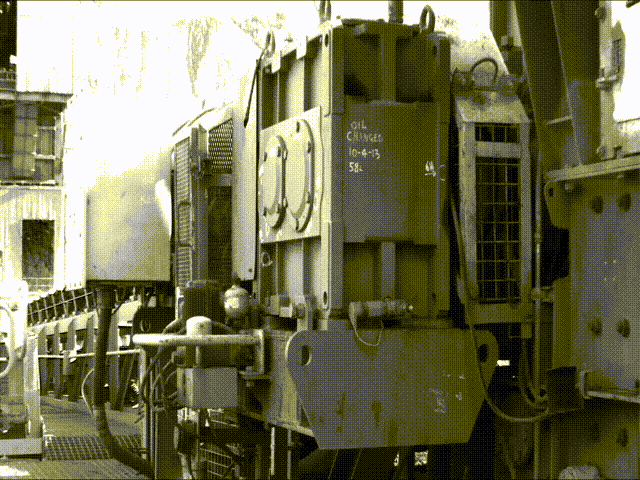Motion Amplification Technology: A New Perspective on Vibration
Tags: vibration analysis
_extra_large.jpeg)
Machine components like motors, compressors and pumps are designed to move back and forth and oscillate; this motion invariably produces vibration. Not all motion is intentional, however, and undesirable motion can instigate serious issues. Unwanted motion can be caused by imbalances, misalignments, loose attachments and general wear — and performing analysis to root out the causes of unwanted motion can be complicated.
Accelerometers
Accelerometers are the most commonly used tool in vibration analysis. They are especially useful at capturing ultra-high frequency issues like bearing defects. Using accelerometers to perform operating deflection analysis (ODS) tasks can be burdensome, however. Such an ODS analysis involves roaming an accelerometer around on a machine over the course of several hours or days and then attempting to construct a 3D animated model using the collected data. This process can be prohibitively costly and time-consuming, and many people choose not to do it, despite its benefits. Additionally, this method doesn’t work with all systems. Pipe networks, for instance, are often much too complex for the accelerometer measurement methods.
RDI Technologies
RDI Technologies, Inc. has developed camera and software systems that solve the issue associated with locating vibration and displacement. RDI grants the ability to do full-field vibration analysis — measuring everything and measuring it quickly. And unlike accelerometers, RDI’s cameras can measure the low-frequency vibrations where a lot of mechanical motion resides. The RDI camera technology captures and amplifies displacement, deflection and motion — a feat accomplished by treating each individual pixel of a camera as a unique movement sensor. This method provides unrivaled insight and speed of data return.

With RDI’s technology, such as the Iris M pictured above, you can spend half an hour monitoring assets instead of half a day. And in that half-hour, you can receive a wealth of valuable information regarding motion and displacement. The visually amplified motion footage provided by RDI videos allows end-users to pinpoint specific vibration sources and problem areas.
RDI offers different products based on different needs. Some of their cameras are designed for portability and can be used on different machines in rapid succession. Other products are designed for continuous monitoring and can help pinpoint issues that occur intermittently or irregularly. RDI’s tech is becoming prevalent in a variety of industries, including manufacturing, automotive, mining and power generation.
RDI also provides a custom, built-for-purpose video editor, which allows plots and graphs to be embedded. Additionally, the videos have an entire data analysis package behind them. The final deliverable is a dramatic video that shows motion which would otherwise be nearly invisible.
Bridging the Gap
The visually striking nature of RDI’s videos allows users to easily demonstrate displacement problems to leadership, which can help get the necessary corrective actions approved from the top. This technology bridges the gap between leadership, engineers and operators by giving a clear, visual report that clearly shows where problems are occurring.

This technology belongs in the toolbox of any good reliability program and works well when combined with accelerometers, thermal imaging and ultrasound. RDI isn’t trying to replace other forms of analytical technology; they instead aim to work in synchrony with existing technologies to create unparalleled levels of understanding in the field of motion.